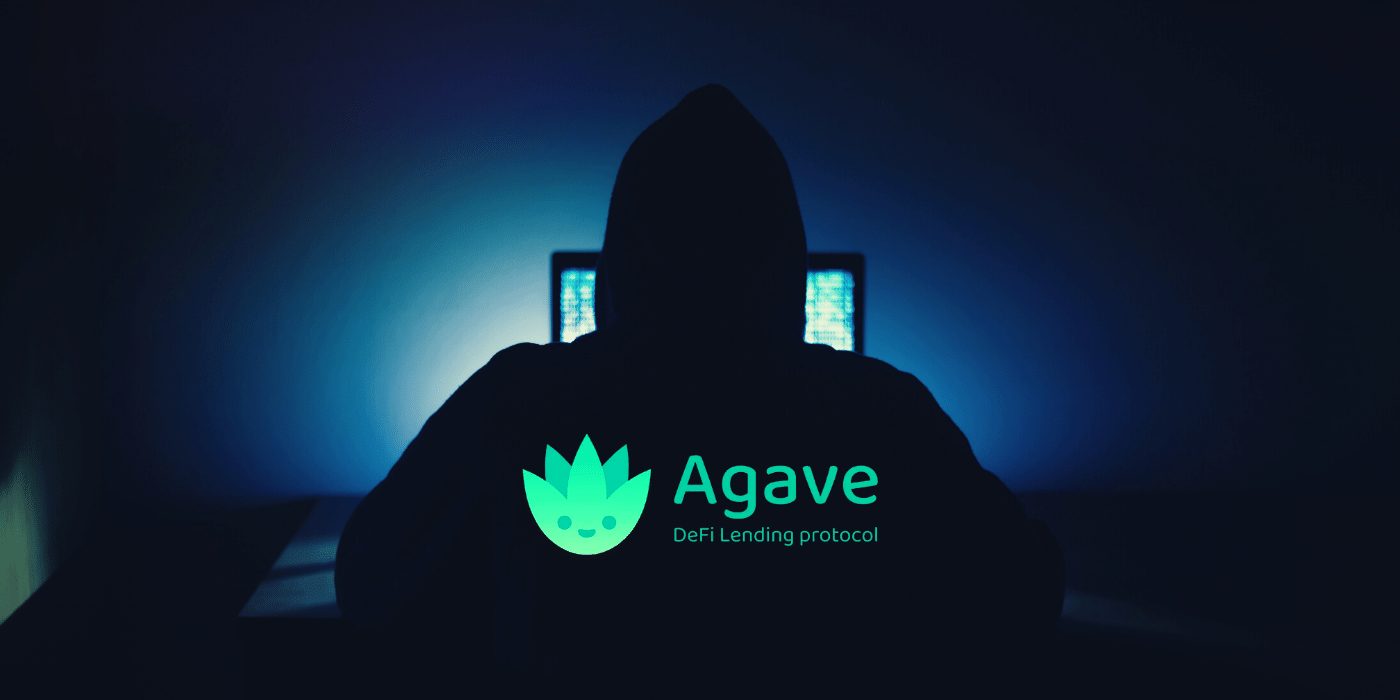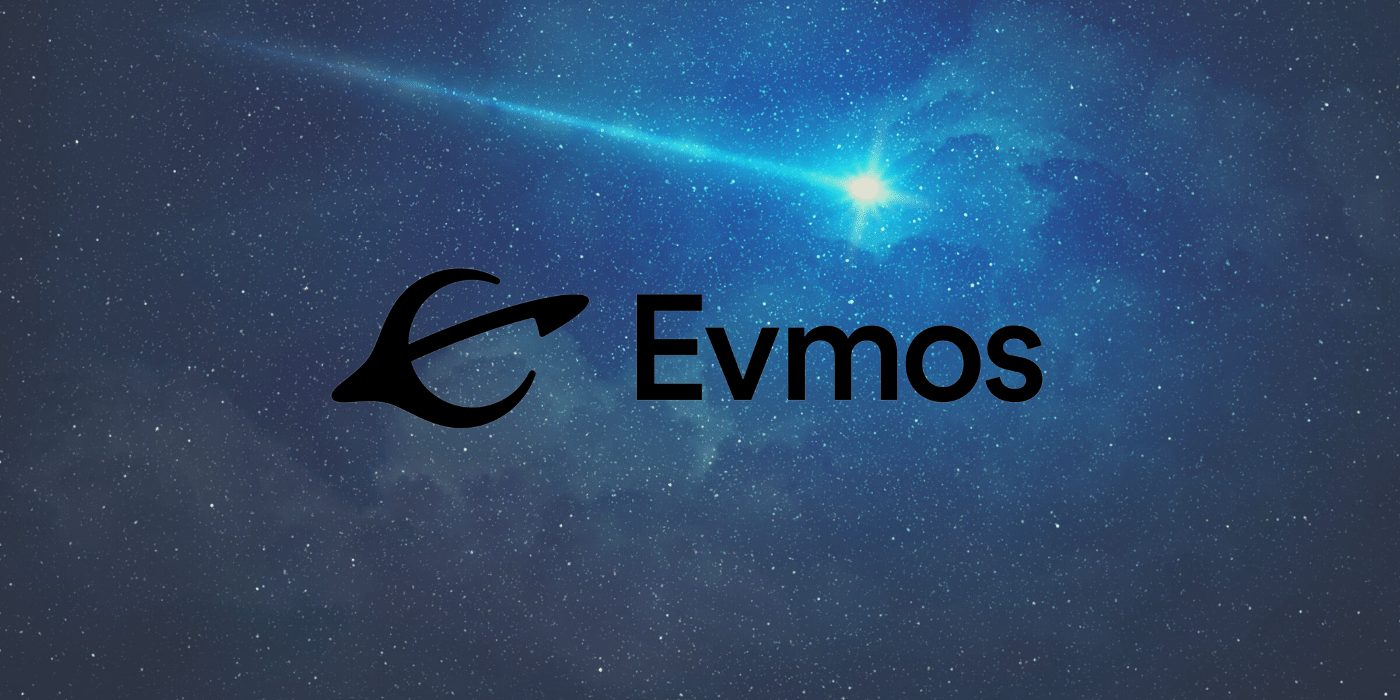FTX, one of the world’s fastest-growing crypto exchanges, is rapidly expanding its presence globally, having now established a local service in Australia as announced by crypto-billionaire founder and CEO Sam Bankman-Fried:
As per a company press release, FTX Australia will offer a full range of services, including an exchange, over-the-counter (OTC) products, and even derivatives.
The announcement coincides with recent moves by the Australian government to establish a “world-leading” regulatory ecosystem for digital assets.
Senator Proposes New Crypto Legislation
During the Australian Blockchain Week conference, NSW Senator Andrew Bragg proposed legislation that seeks to lay the groundwork for a proper regulatory framework in the country. Bragg laid out four principles that the mooted Digital Service Act needs to follow:
- technological neutrality;
- broad, flexible principles, ie, not a prescribed code;
- regulation by a minister, not bureaucratic agencies; and
- the need for cooperation within government.
Bragg stated that the government should adopt these four principles if it wants to refine its approach to the crypto ecosystem, including certain components of the decentralised finance (DeFi) sector, such as DAOs (decentralised autonomous organisations).
This will show Australia is open for business and things are clear and clean.
Senator Andrew Bragg
Bragg’s proposal came a day after a consultation paper was issued by the government, asking the industry to provide feedback by the end of the month.
Bankman-Fried said he was largely incentivised by the efforts of the local blockchain community to help establish a clearer regulatory ecosystem for digital assets:
We are encouraged by the important work being undertaken to establish a new digital asset licensing regime.
Sam Bankman-Fried, FTX founder and CEO
Earlier this month, FTX partnered with the Ukrainian Ministry of Digital Transformation to develop a platform for crypto donations to the besieged country’s war defence.














